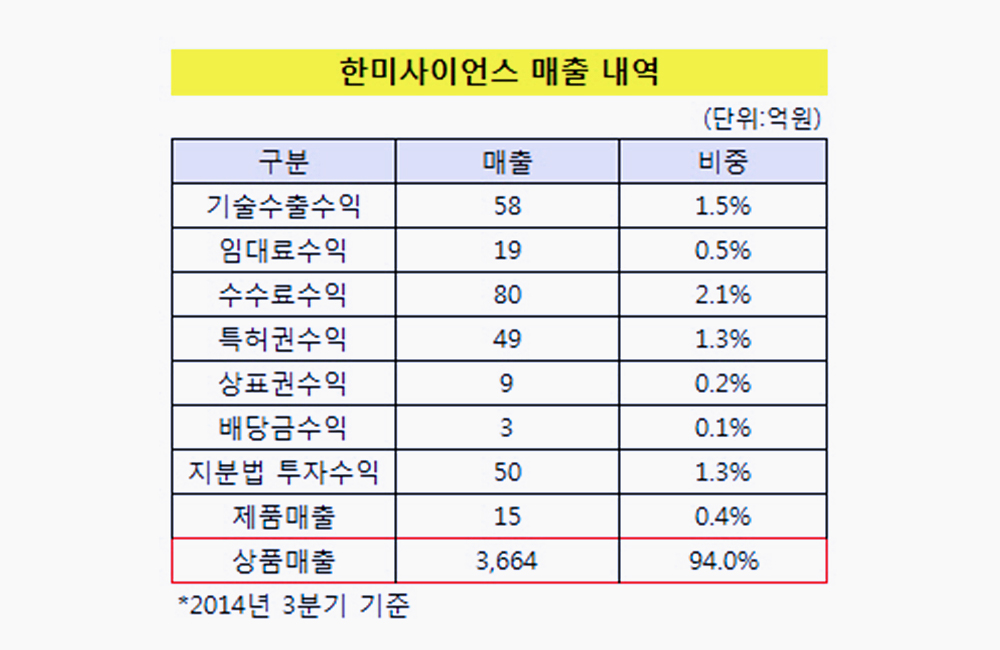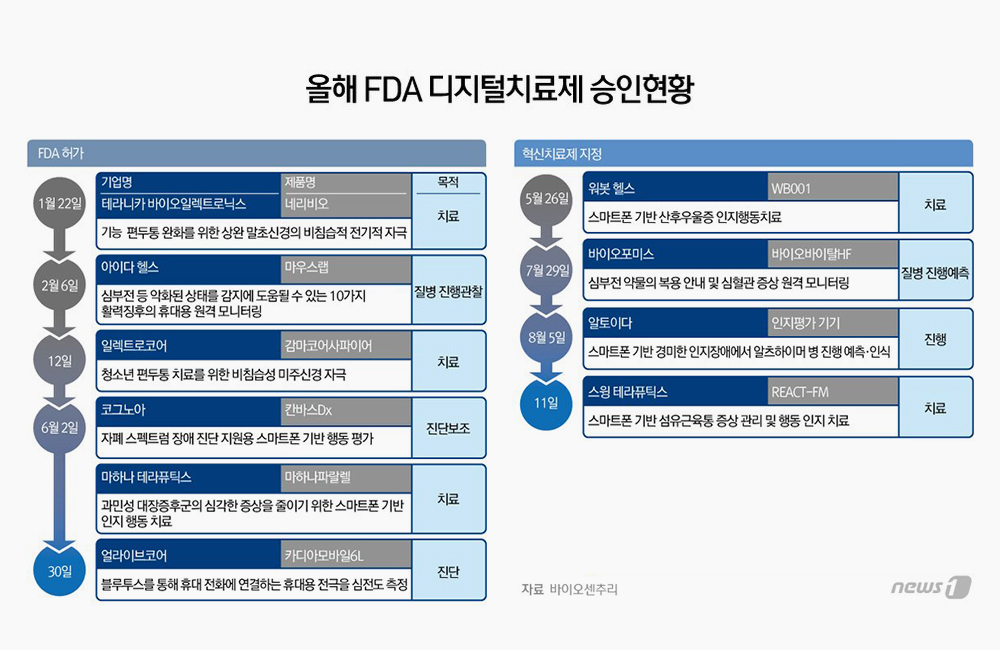Artificial intelligence
supports efficiency in disease diagnosis, medical decisions, and treatment as
part of effective chronic disease management.
Over the past two decades,
the United States has seen a significant increase in chronic disease among the
population. According to the Centers for Disease Control and Prevention, six in
ten adults in the US have a chronic disease and four in ten adults have two or
more.
By 2025, it is estimated
that nearly half of the country’s population will be impacted by chronic
disease. Currently, the most prevalent conditions are heart disease, cancer,
and diabetes. As these illnesses impact more of the population, researchers are
advancing the development of treatment options.
Many researchers and
physicians are turning their attention to artificial intelligence capabilities
to speed up the diagnosis process, assist in medical decisions, and provide
treatment sooner. By engaging in AI, medical professionals could see
improvements in early intervention and patient outcomes for those with heart disease,
cancer, and diabetes.
USING
AI TO TREAT HEART DISEASE
At several organizations,
researchers are taking steps to advance cardiovascular medicine using
artificial intelligence.
Hospitals and researcher
centers will use AI to program computers to process and respond to data quickly
and accurately to provide better treatment outcomes. Programs can conduct tasks
including detecting heart disease, treating strokes, and enhancing diagnostic
radiology capabilities.
At Johns Hopkins
University, researchers explored the use of whole-heart computational models to
better understand ventricular arrhythmias. According to the research team,
whole-heart computational modeling can lead to personalized medicine.
“Personalized computational
modeling of patient hearts is making strides developing models that incorporate
the individual geometry and structure of the heart, as well as other
patient-specific information,” co-author and professor of biomedical
engineering and medicine at Johns Hopkins University, Natalia Trayanova, said
in a press release.
According to researchers,
patient-specific models can also use predictive analytics to determine the risk
of sudden cardiac death or the outcomes of a cardiac procedure.
“Patient-specific models
are also used for determining the optimal treatment for arrhythmia, both atrial
and ventricular, with the latter often based on different biophysical underpinnings,”
said Trayanova.
“These types of models can
enable fast evaluation of medical device settings and patient-selection
criteria, as well as the development of novel therapeutic agents.”
By pursuing the development
of whole-heart computational models, researchers can enhance personalized
treatment and risk predictions. Additionally, the model can work
collaboratively with artificial intelligence to improve patient outcomes.
At Mayo Clinic, the organization
provides three examples of recent ways doctors implemented AI research into
clinical practice:
Helping patients following
a stroke: In emergency rooms, when patients come in with a stroke called an
intracerebral hemorrhage, they undergo a CT scan. That scan is examined by a
computer trained to analyze CT data, cutting the time to diagnosis and limiting
brain damage.
Preventing heart problems:
Applying AI to ECGs has resulted in a low-cost test that can be widely used to
detect the presence of a weak heart pump, which can lead to heart failure if
left untreated. Mayo Clinic is well situated to advance this use of AI because
it has a database of more than 7 million ECGs. First, all identifying patient
information is removed to protect privacy. Then this data can be mined to
accurately predict heart failure noninvasively, inexpensively, and within
seconds.
Detecting atrial
fibrillation sooner: AI-guided ECGs are also used to detect faulty heart
rhythms before any symptoms are evident.
AI
IN CANCER DETECTION AND TREATMENT
There has been a recent
expansion of providers using AI for cancer detection. At Tulane University,
researchers discovered that AI can accurately detect and diagnose colorectal
cancer by analyzing tissue scans as well or better than pathologists.
The researchers gathered
over 13,000 images of colorectal cancer from 8,803 subjects and 13 independent
cancer centers in China, Germany, and the United States. Then, using images
that technicians selected at random, the researchers built a machine
learning program.
The program can recognize
images of colorectal cancer, which according to researchers, is one of the most
common causes of cancer-related deaths in Europe and the US.
After developing the
performance measurement tool, the researchers compared the machine learning
technique to the work done by the pathologists. The study indicated that the
average pathologist scored around 0.969 for accuracy when identifying
colorectal cancer, while the program scored 0.98, proving to be slightly more
accurate than the manual data by pathologists.
Artificial intelligence can
also assist in deciding the best course of treatment for patients. For patients
with cancer, researchers can use predictive analytics to determine how an
individual will respond to a certain medication.
Not every patient will have
the same response to medications, so
machine learning and predictive analytics can also prevent unnecessary side
effects from cancer treatments that may not work for the patient.
The Georgia Institute of
Technology and Ovarian Cancer Institute researchers used machine learning
algorithms to determine how their patients would respond to cancer-fighting
drugs.
For the study, professor at
the School of Biological, John F. McDonald, and his team created
predictive machine learning-based models for 15 distinct cancer types, using
data from 499 independent cell lines from the National Cancer Institute.
The models were then
validated with a clinical dataset containing seven chemotherapeutic drugs,
administered either singularly or in combination to 23 ovarian cancer patients.
The model showed an overall predictive accuracy of 91 percent.
As artificial intelligence
continues to grow in the healthcare space, more providers will utilize the
technology to treat chronic diseases and lighten the load for physicians.
MANAGING
AND PREVENTING DIABETES WITH AI
Over the past several
years, researchers have been investigating methods to use AI for diabetes
management. Different strategies include self-management, remote patient
monitoring, and support from wearable devices.
In 2019, Rensselaer
Polytechnic Institute researchers conducted a studying using AI and big
analytics to assess information from thousands of continuous glucose monitor
insulin pumps. Those with Type 1 diabetes must test their blood sugar often to
determine how much insulin they should infect using a needle or insulin
pump.
However, individuals can
get a better idea of their blood sugar levels with continuous glucose monitors
by offering blood sugar estimated every five minutes, without finger sticks.
Data analysis allowed researchers to build models that can better predict the
impact of meals and insulin on glucose levels, leading to better control of
blood sugar levels.
According to researchers,
artificial intelligence has assisted in advancing diabetes care. AI-backed
mobile health tools have demonstrated improvements in diabetes management,
reducing the need for in-person appointments and patient-provider interaction.
Artificial intelligence
also plays an important role in diabetes prevention. According to research by
Marshall University, the success of chronic disease prevention and population
health management is dependent upon a provider’s ability to identify high-risk
patients.
With big data analytics and
AI, practitioners can identify warning signs of illnesses promptly, allowing
for a quick treatment turnaround and reducing costs. Providers can identify
early signs of Ttype 2 diabetes using risk prediction models.
To prevent disease
progression, physicians can encourage patients to engage in early intervention
strategies including, increasing exercise and striving to make healthy food
choices.









